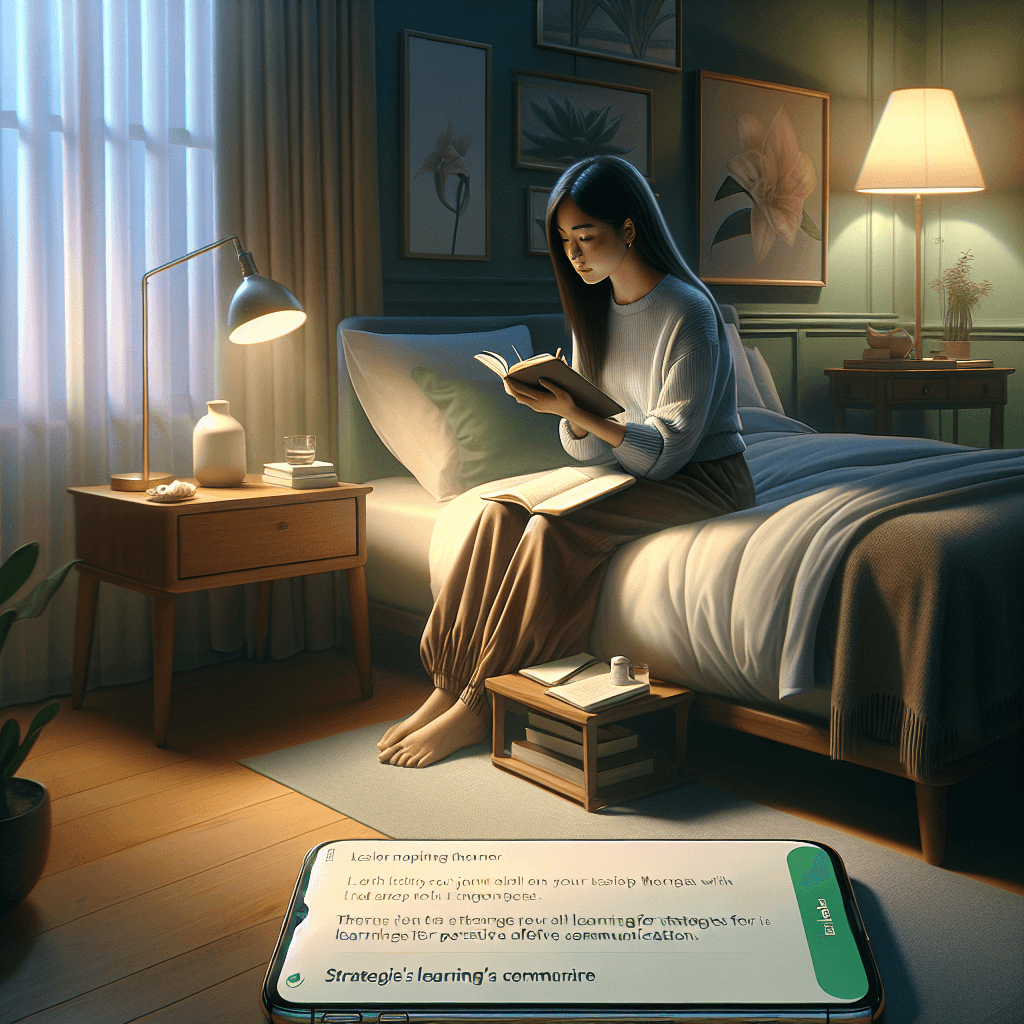
How Therapy Has Transformed and What It Means for You Today
Category: healthPublished: 10/16/2025Views: 97Likes: 79
The Changing Face of Therapy: From Stigma to Acceptance
Observing the rapid shift in how people view therapy is like watching a sudden thunderstorm from the safety of your home. What once felt like a dark, heavy stigma slowly melted away, revealing an enormous field of new opportunities for personal growth and healing. It’s a powerful moment to witness this change happening right before your eyes, especially as more individuals begin embracing mental health care with open arms.
This transformation isn’t just happening by chance. The increasing number of open, honest conversations—from social media platforms to news stories and everyday discussions—reflect a larger movement toward recognizing the true value of mental well-being. It’s a shift that challenges old taboos and invites everyone to reconsider what therapy can really offer.

Therapists as the New Relationship Milestone: What's Behind the Trend?
Have you noticed how mentioning therapy is often seen as a positive sign nowadays—almost like a relationship green flag? It’s no coincidence. Taking care of your mental health is becoming as normal and encouraged as other forms of self-care. But you might be wondering, when exactly did sitting down with a therapist become such a widely accepted part of life? This acceptance has grown steadily, fueled by more people sharing their own experiences and success stories.
Alongside this rise, new terms and methods have entered everyday conversations. Take EMDR, for example—it might sound like a techno music style to some, but it's actually a groundbreaking therapeutic approach designed to help people process trauma and distressing memories more effectively. These emerging acronyms and techniques show that therapy is evolving rapidly, providing a wider range of tools tailored to individual needs.
Another common question is whether those viral memes about therapists being overwhelmed with appointments—especially after major events like elections—are true. The simple answer is yes. Events that stir widespread anxiety or uncertainty often lead to a surge in people seeking professional support, highlighting just how deeply mental health is intertwined with current realities.

New Dynamics in Therapy: What Makes 2024 Different?
The dynamics between therapists and clients today have changed significantly compared to years past. More people are finding their way to therapy than ever before, breaking records in mental health service utilization. But what does this new relationship really look like, and how does it affect you?
For one, therapy has become much more accessible and varied in its format. You no longer need to be confined to a traditional office setup; virtual sessions, group therapy, and more personalized approaches have emerged to meet different lifestyles and needs. This variety ensures that finding the right fit for your preference and comfort level is easier than ever.
Also, the stigma around seeking help has nearly vanished, which creates a more open, honest dialogue between you and your therapist. This improved communication can directly impact the effectiveness of your sessions, making them more meaningful and tailored to your unique challenges and goals.
Stay Updated with Women's Spot Insights
Get the latest women's health tips, wellness advice, and expert insights delivered directly to your inbox.
We respect your privacy. Unsubscribe at any time.

Navigating Your Therapy Journey: Tips for Making the Most of Your Sessions
Starting or continuing therapy often comes with mixed feelings—excitement, uncertainty, and sometimes vulnerability. It’s important to recognize that this journey is personal and that it’s okay to face challenges along the way.
One of the keys to a successful therapy experience is choosing the right approach for you. This might involve some trial and error, but understanding different therapeutic styles and what you hope to gain can guide you in making informed decisions.
During your sessions, you may find yourself sharing deeply personal stories or confronting uncomfortable emotions. It’s natural to feel exposed, but remember that your therapist is trained to provide a safe space where you are supported, not judged.
If difficult moments arise, whether from the therapy itself or external circumstances, communicating openly with your therapist can help address these feelings constructively. This ongoing dialogue builds trust and fosters progress over time.
Finally, keep in mind that therapy is not a quick fix but a gradual process. Patience and consistency will help you make the most of each session and discover new insights that can contribute to your overall well-being.
Comments
No comments yet. Be the first to share your thoughts!